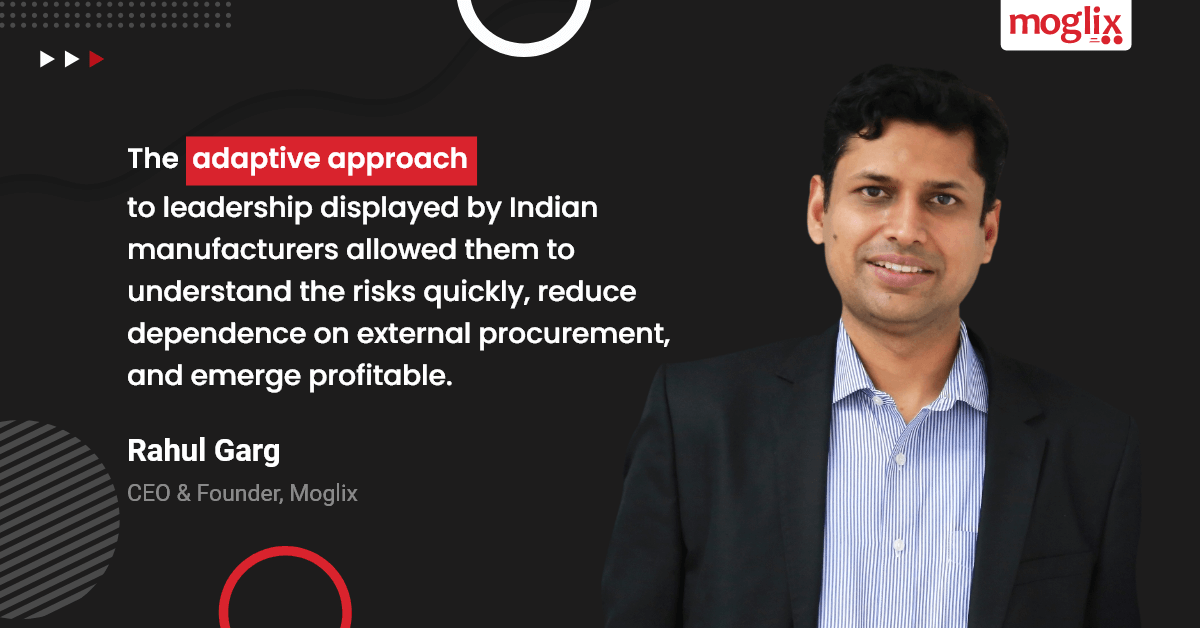Leadership in 2022: Building Workplace Resilience

One of the leaders I have greatly admired is the late former prime minister Shri Lal Bahadur Shastri who was not only a phenomenal global leader but was also known for employing humility and good governance in his playbook to bring many structural reforms in the Indian economy and lead the way for India in times of crisis.
Every leader has a unique way of handling a crisis – and what differentiates good leaders from others is the way they lead in times of adversity, turn obstacles into opportunities, and navigate the way ahead for their workforce.
But it’s easier said than done.
Sometimes in adversity, leadership can be in a crisis too.
Adapt and Evolve
India, which did not manufacture personal protective equipment (PPE), went from just three lakh PPE kits in January 2020 to becoming the world’s second-largest PPE manufacturer, producing 450,000 units daily within a year. As the demand for PPE skyrocketed, Indian businesses leaned on innovative approaches to repurpose their own production lines to meet this excessive demand and ensure business continuity. While a number of alcohol manufacturers set up labs to manufacture sanitizers, some textile manufacturers repurposed their factories to churn out protective gear. This adaptive approach to leadership displayed by Indian manufacturers allowed them to understand the risks quickly, reduce dependence on external procurement, and emerge profitable.
Empathize and Nurture
Nurturing employee well-being also became critical to developing workplace resilience. Even when the pandemic ruptured our personal lives and health, proactive leaders were busy developing remote workflows and setting up flexible working environments to create clear and frequent lines of communication. Sharing tales of courage and countless stories of kindness rekindled hope and faith among employees while monthly meetings, informal virtual connect sessions and mental health programs created a positive momentum on overall employee wellbeing in the hybrid working model.
Building a future-ready business
Make products that your customers want and will need in the future. Innovation will be key to lead this transformation. For businesses to scale further in the post-pandemic environment, leaders will be required to employ strategic levers which will drive the maximum impact required for the business to thrive. They will need to experiment small and scale big, making sure the budgets are being utilized in the right way. They will have to get creative and explore newer distribution channels, tap into their network, and be unafraid to disrupt or get disrupted. Only then will we emerge stronger and lead the way for a revitalized supply chain business and leadership in 2022.
